So, there’s a new superfood in town. You may have heard of it. It rhymes with ale (no relation) and is supposed to be good for you. It’s a crazy little thing called kale.
Well it is good for you — actually, great for you. We’re going to tell you a little bit more about this leafy green veggie and hopefully, if you are not already, you’ll decide to eat more kale (t-shirt optional).
Before we get to the how to add it to your diet, let’s chat briefly about why you should.
Batting 1000
When picking foods to eat, we always want to select foods that are nutrient dense. That is, food that has a high level of nutrients for the number of calories it has.
One way to measure nutrient density is with a value like the Aggregate Nutrient Density Index or ANDI score. This score, developed by Dr. Joel Fuhrman, ranks food on a scale from 1 to 1000 based on 34 nutritional metrics including vitamins, minerals and various other micronutrients.
Guess what score kale got? 1000. Yes, that’s right, a perfect score!
Kale, along with a few other star performers, helped set the standard for nutrient dense food! In case you’re interested, perfect scores also went to the “green trio” of mustard/turnip/collard greens, as well as swiss chard and watercress.
As a quick aside, guess what gets the worst score? Cola! It got a 1 — no surprise there. If you have some in your fridge, it is okay to take a break from reading this and go pour it down the sink.
So what does kale have going for it that makes it so great?
Vitamins
First off, kale is off the chain in its content of beta-carotene, a pre-cursor to vitamin A. It has a lot of it! In addition, it also provides significant amounts of vitamin C and vitamin K.
Minerals
Next up is minerals. Here, kale is high in potassium that is vital for the function of the heart and kidneys as well as keeping your blood pressure under control. Kale also provides calcium which helps keep bones strong and is essential to regulating the acid/alkaline balance, or pH, in the blood.
Low Calorie
Kale isn’t one of those foods that will drag you down. As a leafy green, despite being a nutritional heavyweight, kale is light on the calories. One cup of loosely packed kale contains a measly 33 calories. So eat as much of it as you would like!
What About Taste?
This is a good question, and I’m not going to lie to you. You don’t want to eat raw kale plain. It will be a bit crunchy and dense and simply doesn’t taste that great by itself. As far as the actual taste goes, it is slightly bitter, but not too strong.
But, it not having a lot of taste can be a good thing because you can mix it with other flavors that you like, and bring all those nutrients along for the ride without overpowering the dish. The next step is figuring out some of the best ways to add this powerhouse to your diet.
Kale in Salads
Inspired by the kale salad at Panera Bread, I recently started adding kale to various salads. The key is to first remove the stems and chop the kale.
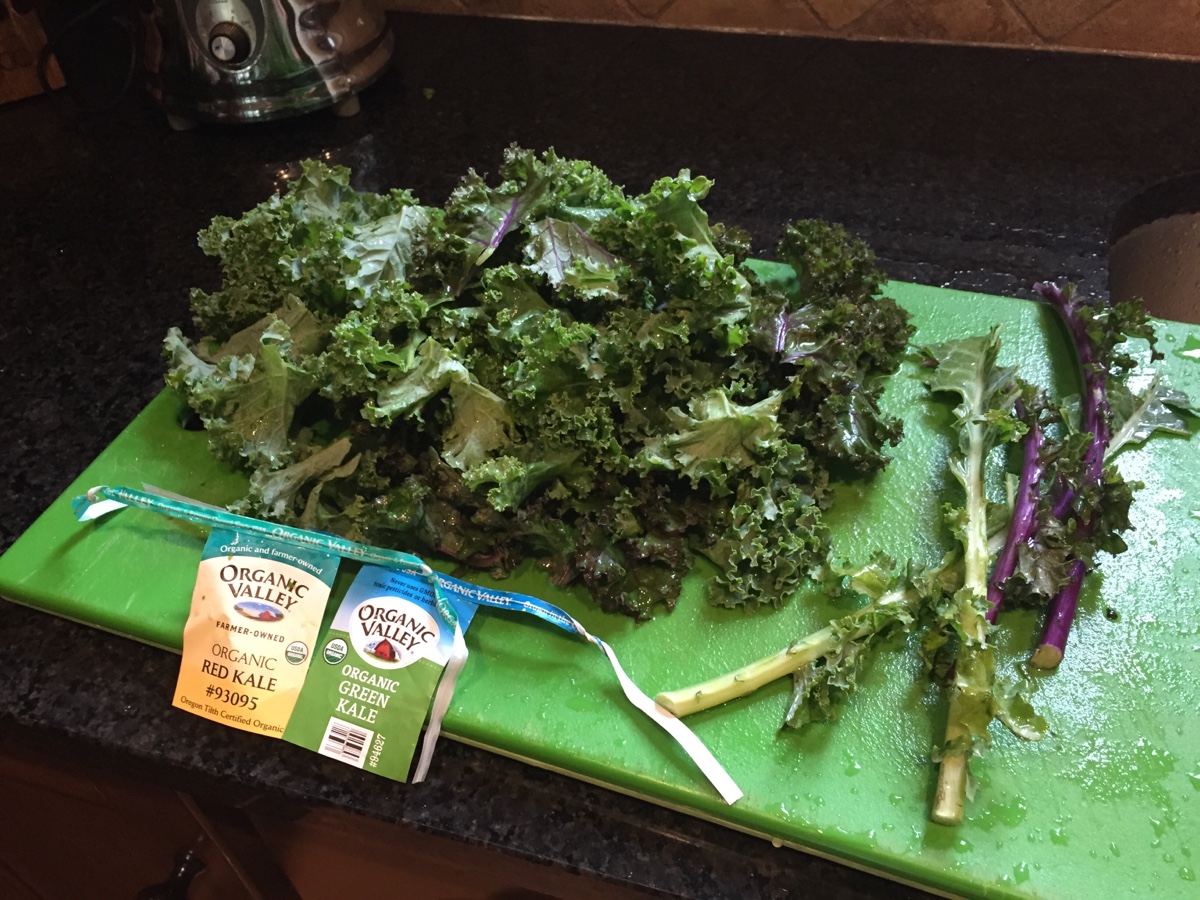
Next, put it in bowl, add a small amount of olive oil, and then scrunch it in a bowl with your hands. Don’t be afraid, just stick your hands in the bowl and start scrunching!
At this point you’ll have a great addition to any salad. This technique will make the kale more tender so that it will mix well with other supporting lettuces.
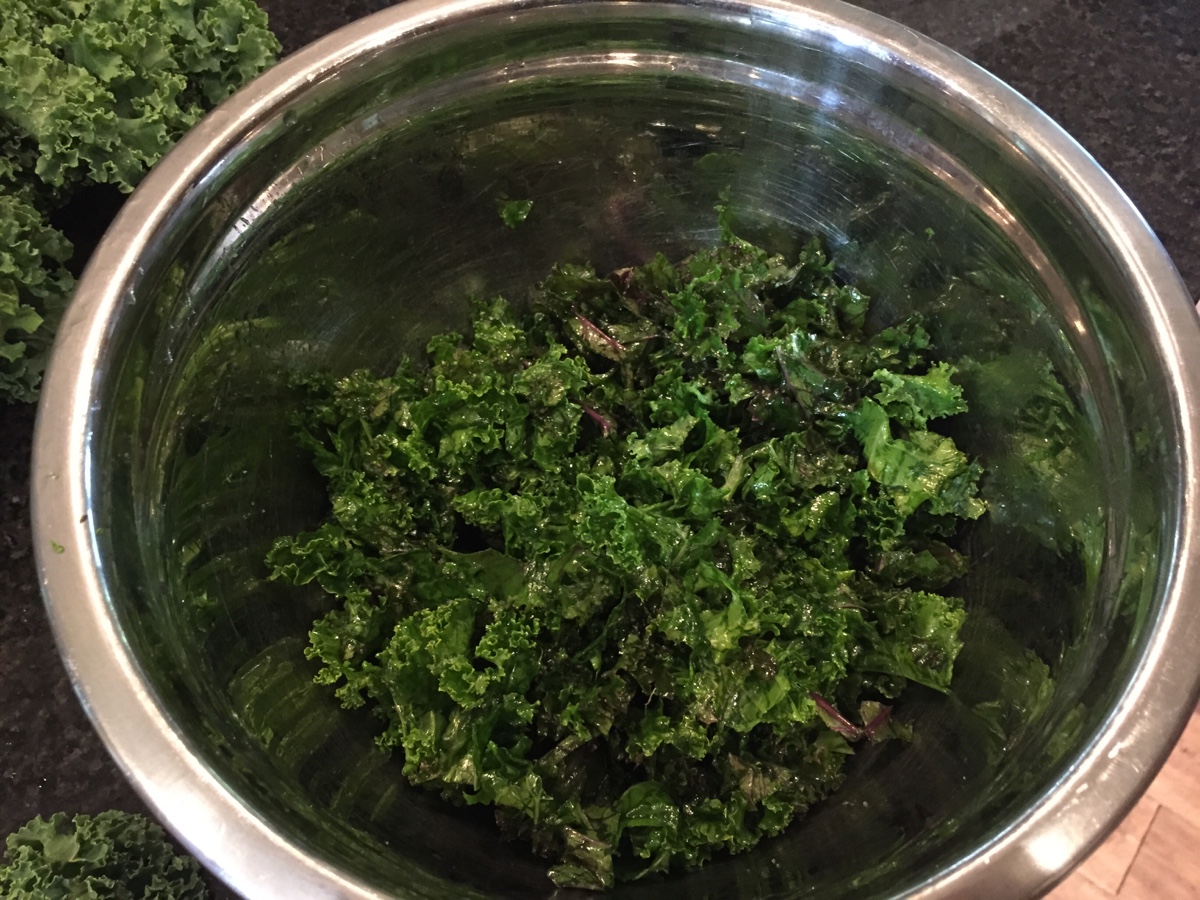
I recently did this with a kale caesar salad, and it was delicious. I simply mixed the kale from above with some baby mixed greens, a bit of caesar dressing and some parmesan cheese. And guess what… it was delicious.
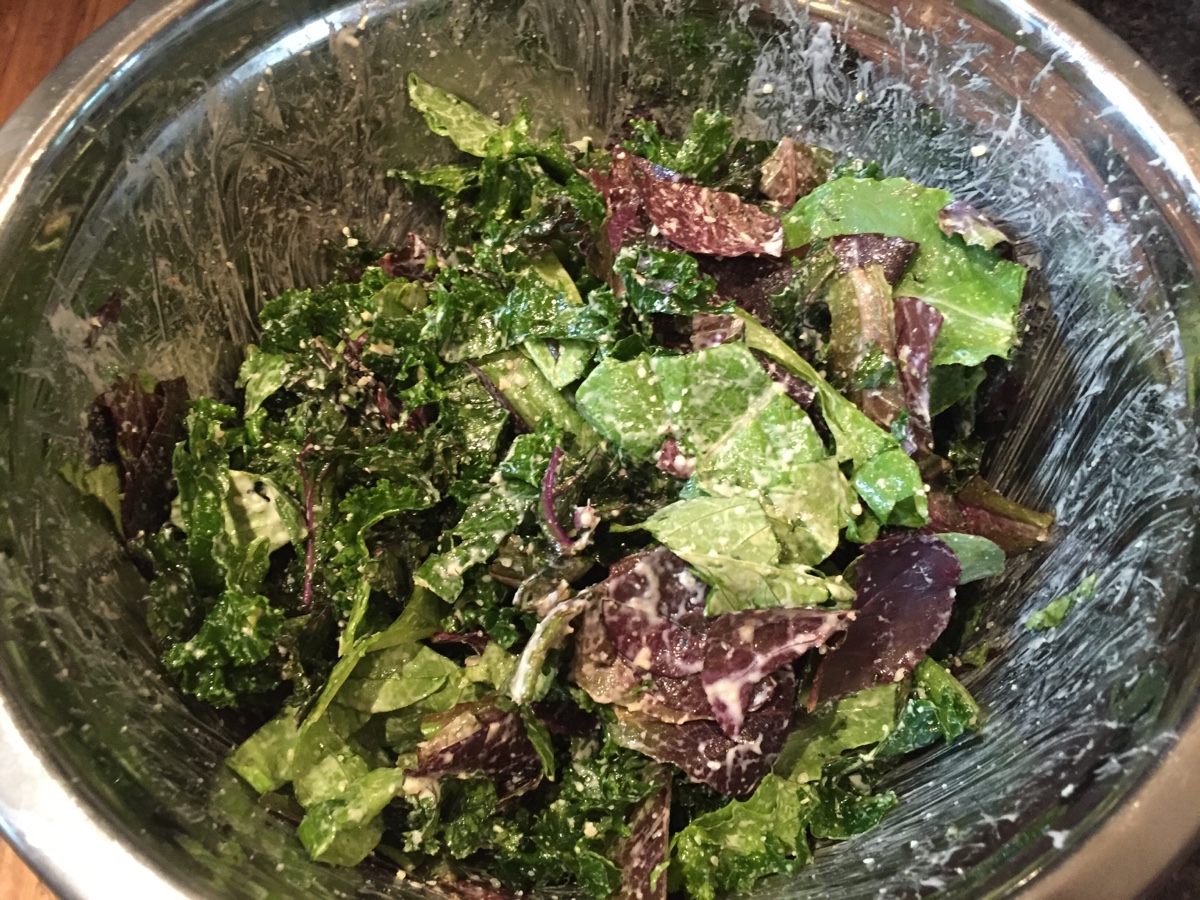
Smoothies
Given that kale does not have an extremely strong taste, like say, turnip greens, it is a great thing to add to a smoothie. Just combine a handful of chopped kale (I always remove the stems which have a stronger taste) to any number of great smoothie recipes and BAM you get lots of extra nutrients for free. Drink up!
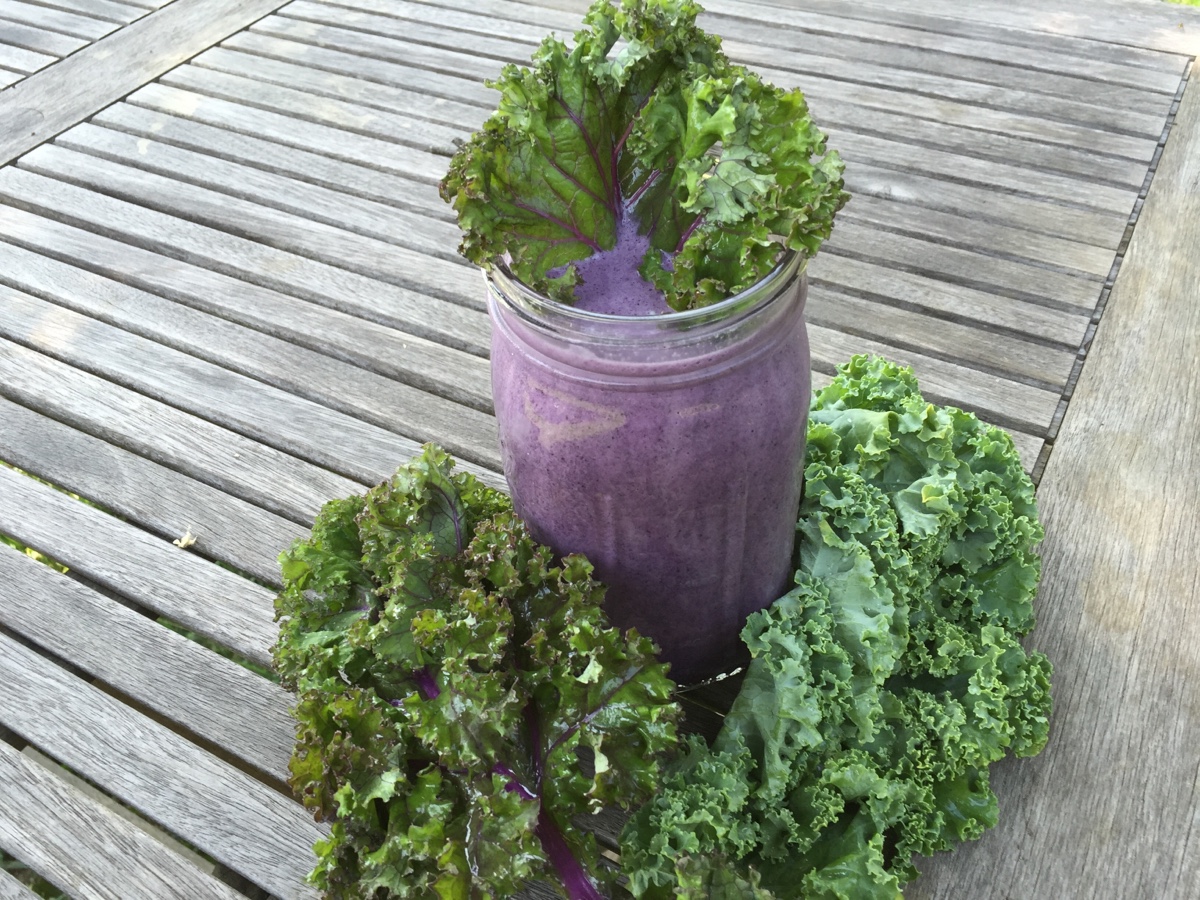
Soups with Kale
One of my favorite ways to eat kale is in soups. When cooked, kale acts somewhat like spinach in that it wilts, but to a lesser degree. It also cooks very quickly. So when adding to soups, I actually just add some finely chopped kale directly to the bowl and then laddle hot soup over it. This will add color and texture to your soup and bring along some friends for the ride.
Here are a couple recipes that may give you some inspiration: Kale and Quinoa Super Food Soup or Simple Sausage and Spinach Soup (just replace the spinach with kale!).
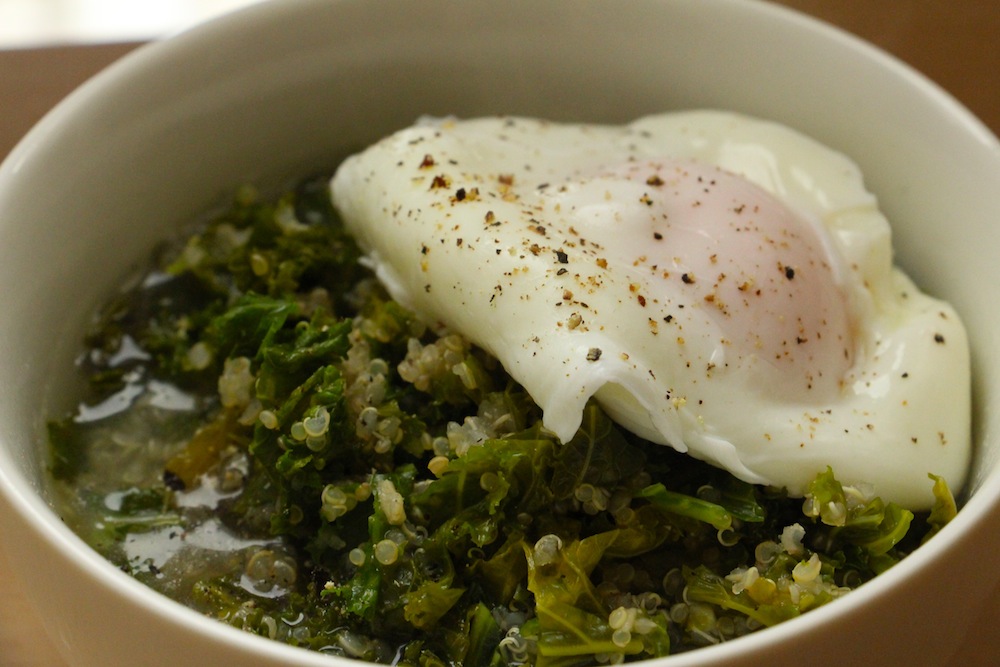
Sides
And lastly you can choose to make kale the star of its own side dish!! Just give it a rough chop and saute it in a pan with some butter, or cook a large batch in a pot with a ham hock and some chicken stock just like you would a pot of collard greens. Then, serve at will and watch it shine.
If you haven’t had any kale lately, it is time to get some!
